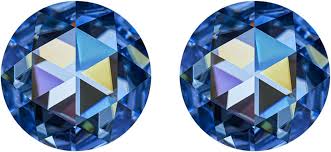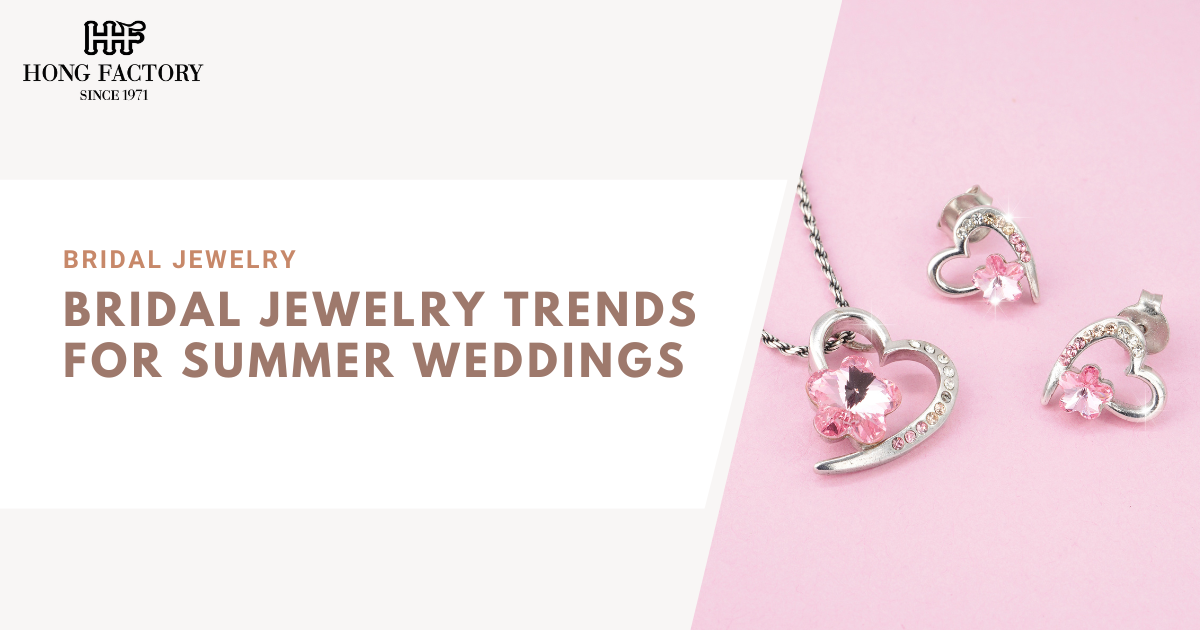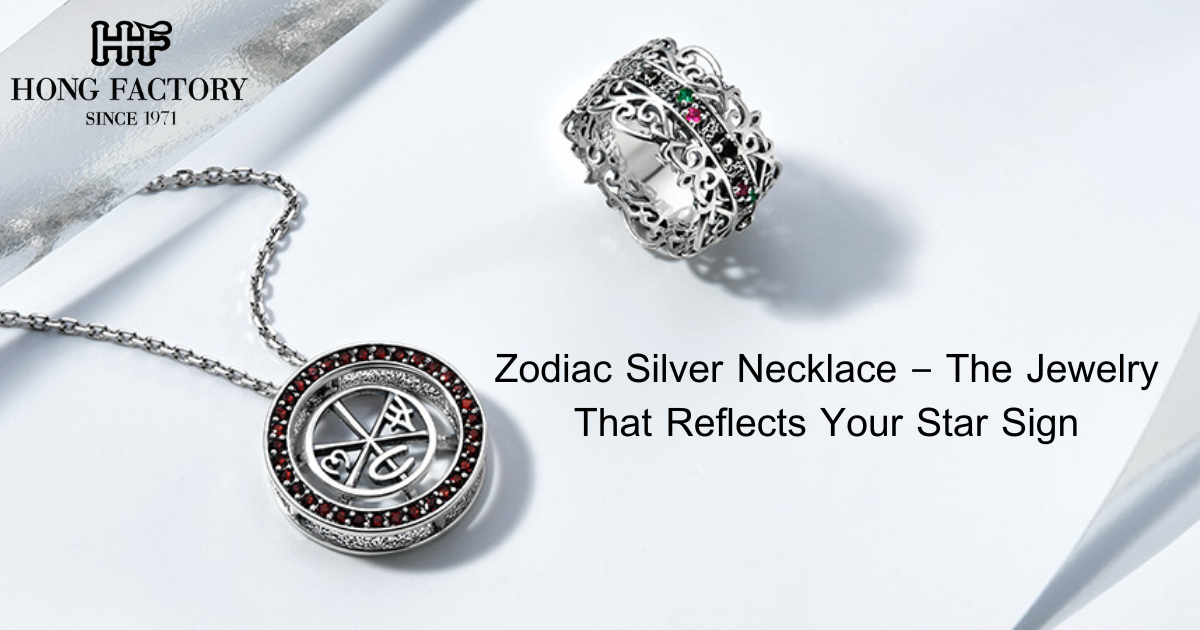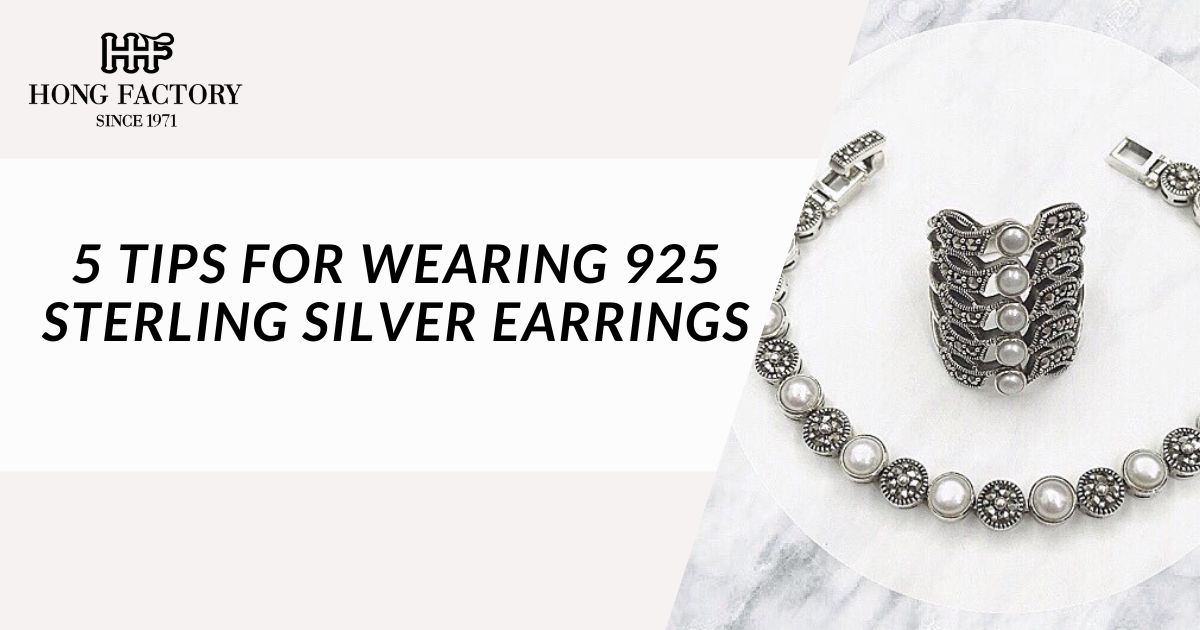How Gemstone Clarity
Gemstone clarity is one of the most important factors influencing a stone’s value, appearance, and desirability. Clarity refers to the presence of internal inclusions and external blemishes within a gemstone.
While some gemstones are prized for their flawless transparency, others are valued despite (or even because of) their inclusions. Understanding how clarity impacts pricing helps buyers and collectors make informed decisions when purchasing gemstones.
1. What is Gemstone Clarity?

Clarity is the measure of internal flaws (inclusions) and external imperfections (blemishes) in a gemstone. These characteristics can affect the brilliance, durability, and overall beauty of the stone.
Inclusions can appear as:
- Crystals – Tiny mineral deposits trapped within the gemstone.
- Needles – Thin, thread-like inclusions often found in sapphires and rubies.
- Feathers – Small fractures inside the gemstone.
- Clouds – Hazy or milky areas caused by clusters of tiny inclusions.
- Fingerprint Inclusions – Natural patterns resembling human fingerprints, common in emeralds.
While high clarity often increases a gemstone’s value, some inclusions can add uniqueness and authenticity, particularly in naturally occurring stones.
2. How Clarity Affects the Value of Different Gemstones

The impact of clarity on price varies depending on the type of gemstone. Some stones are expected to have high clarity, while others naturally contain inclusions.
a. Diamonds: High Clarity = Higher Price
Diamonds are graded using the GIA Clarity Scale, which includes:
- FL (Flawless) – No inclusions or blemishes visible under 10x magnification.
- IF (Internally Flawless) – No internal inclusions but minor external blemishes.
- VVS1, VVS2 (Very, Very Slightly Included) – Minute inclusions that are difficult to detect under magnification.
- VS1, VS2 (Very Slightly Included) – Minor inclusions that are slightly visible under magnification.
- SI1, SI2 (Slightly Included) – Inclusions visible under magnification but not easily seen with the naked eye.
- I1, I2, I3 (Included) – Noticeable inclusions that can affect transparency and durability.
A flawless diamond is exceptionally rare and commands a premium price. However, diamonds with inclusions that do not affect brilliance (such as those near the edges) can be excellent choices for buyers looking for value.
b. Colored Gemstones: Some Inclusions Are Acceptable
Unlike diamonds, many colored gemstones naturally contain inclusions.
The GIA classifies them into three types:
- Type I – Usually inclusion-free (e.g., aquamarine, topaz, tanzanite). High clarity is expected and contributes significantly to price.
- Type II – Some inclusions expected (e.g., sapphire, ruby, garnet). Minor inclusions are acceptable but should not impact transparency.
- Type III – Almost always included (e.g., emerald, tourmaline). Inclusions are common and often do not significantly lower the gemstone’s value.
For example, an emerald with minor inclusions may still be worth more than a flawless aquamarine due to its rarity and desirability.
3. How Inclusions Influence a Gemstone’s Appeal

While clarity is an important factor in valuation, inclusions can sometimes enhance a gemstone’s uniqueness:
- Star Sapphires & Rubies – These gemstones contain needle-like inclusions that create a desirable star effect known as asterism.
- Amber with Fossil Inclusions – Some collectors seek amber containing preserved insects or plant matter.
- Moss Agate – The inclusions in moss agate resemble plant-like patterns, making each stone one-of-a-kind.
Thus, not all inclusions negatively impact value—some contribute to a gemstone’s character and appeal.
4. The Role of Clarity Enhancement Treatments
Many gemstones undergo treatments to improve their clarity and appearance. These treatments can influence price, with untreated stones often commanding higher value.
Common Clarity Enhancements:
- Heat Treatment – Used for rubies and sapphires to improve clarity and color.
- Oiling (Emeralds) – Involves filling fractures with oil to reduce the visibility of inclusions.
- Fracture Filling – Filling cracks in diamonds or other gemstones with resin or glass to enhance clarity.
- Irradiation – Used to alter a gemstone’s color while sometimes improving clarity.
Buyers should always check for clarity enhancements, as treated gemstones are usually less valuable than natural, untreated stones.
5. How to Choose the Right Clarity for Your Needs
When buying a gemstone, consider the following:
- Budget – If clarity is a priority, expect to pay more for a flawless or near-flawless stone.
- Purpose – If the gemstone is for everyday wear (like an engagement ring), consider durability as well as clarity.
- Setting Style – Some inclusions can be hidden by jewelry settings, allowing you to purchase a slightly lower clarity grade without sacrificing appearance.
- Certification – Ensure the gemstone comes with a grading report from a reputable lab (e.g., GIA, AGS, IGI) to verify clarity and authenticity.
6. Market Trends and Demand for High-Clarity Gemstones
The demand for flawless gemstones, particularly diamonds and sapphires, continues to grow in the luxury market. However, the trend toward natural and untreated stones has also increased interest in included gemstones, especially in emeralds and fancy-colored diamonds.
Some investors seek high-clarity gemstones as assets, while others prefer rare, one-of-a-kind stones with unique inclusions. The market for “imperfect” gems has risen in recent years, challenging traditional clarity standards.
Clarity is a major factor in gemstone pricing, but its importance varies depending on the type of gemstone. While diamonds typically demand high clarity for premium pricing, colored gemstones like emeralds and rubies can retain their value even with inclusions.
In some cases, unique inclusions can even enhance a gemstone’s appeal. Whether buying for investment, jewelry, or personal enjoyment, understanding clarity ensures you make the right choice for your budget and preferences.




